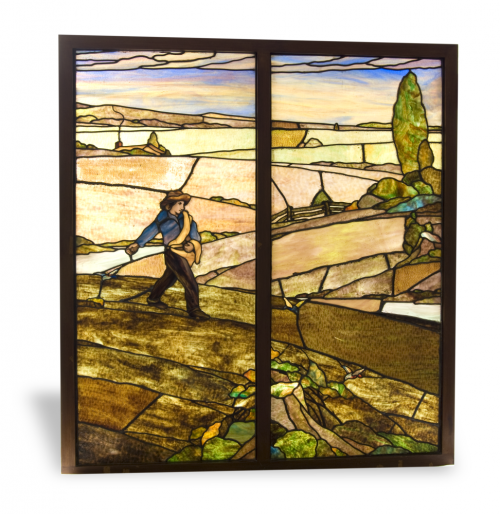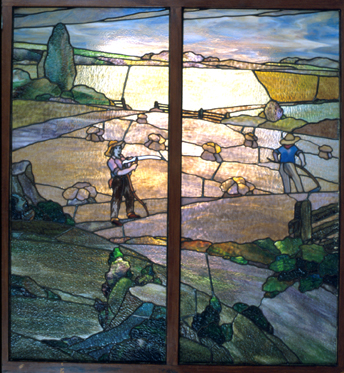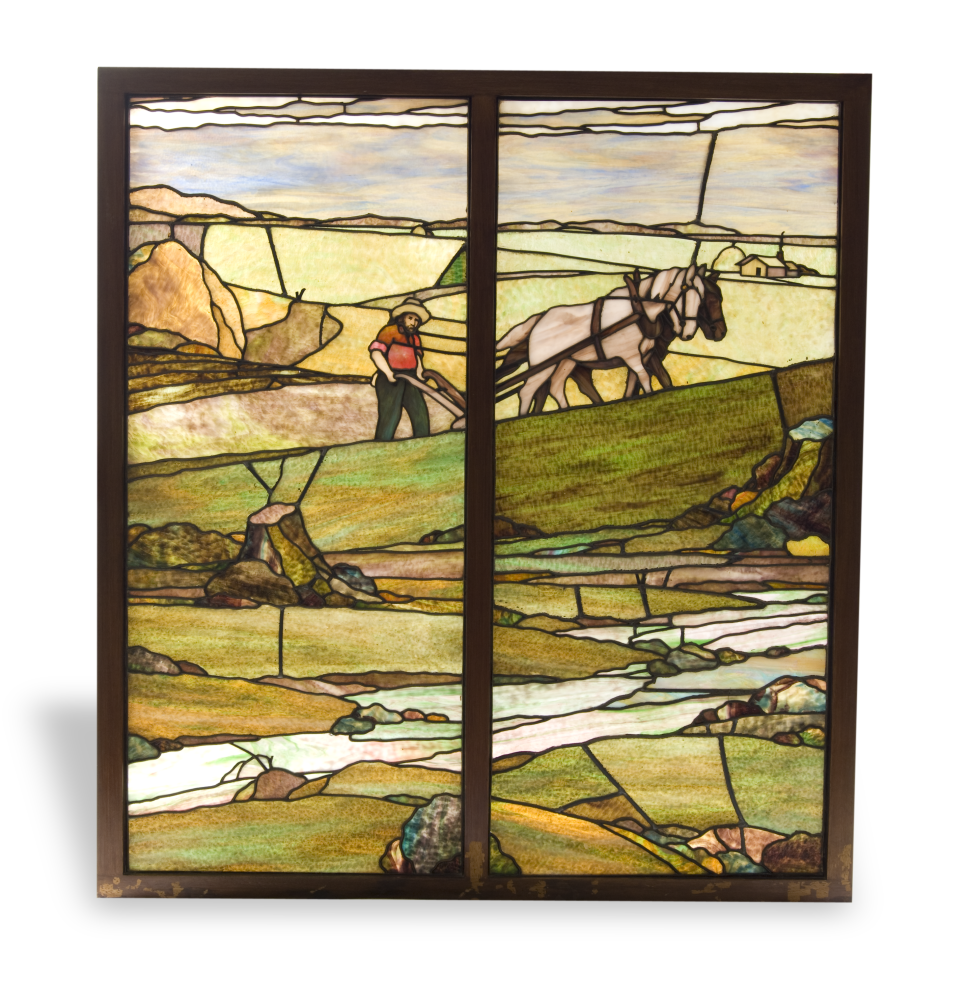A Piece of Kansas History in Stained Glass
Although many know Arthur Capper for his role as a United States Senator, the stained glass windows in the Kansas Museum of History remind us that he was actually a Kansas native. They tell a story much different than the Arthur Capper that most of America is familiar with, a story of a simple man with big dreams and honorable ideals who held an immense love for his home state.
Arthur Capper grew up in Garnett, a city located in the heart of Anderson County, Kansas. As he ventured into adulthood, Arthur adapted an entrepreneurial mindset and became an important societal figure. He acquired several newspapers and his success as a businessman flourished.
It was around this time that Arthur moved to Topeka where he built the home that would contain the famous historic stained glass windows. The three windows were placed on a landing of a grand staircase that lead to the second floor of the home.

photo credit: Kansas Historical Society
The stained glass was painted with images representing the days of early agriculture in Kansas. One shows a team of horses pulling a plow across a field. Another displays a farmer throwing wheat seeds. The third is a portrait of two men harvesting a field with scythes.

photo credit: Kansas Historical Society
Arthur lived in this house during the early years of his career as a politician. He ran for governor twice and won both elections. In 1919, he was forced to leave the home and move to Washington when he took office as a US Senator. Later, when his wife died, her funeral was held in the Topeka house, though Arthur chose not to return to the home after her death.
After retiring his career as Senator, Arthur bought a radio station which was then located in Indiana and moved it to a building in Topeka. The station was again moved later on, this time into the historic Topeka house. It was operated here until 1957 when it moved to the Menninger campus. The stained glass was also moved to this location.
In 2001, the stained glass windows were donated to the Kansas Museum of History. Now visitors can look upon the windows and remember Arthur Capper’s story. Here lies the history of a man with humble beginnings whose dreams led him to an unexpected and noble career.





